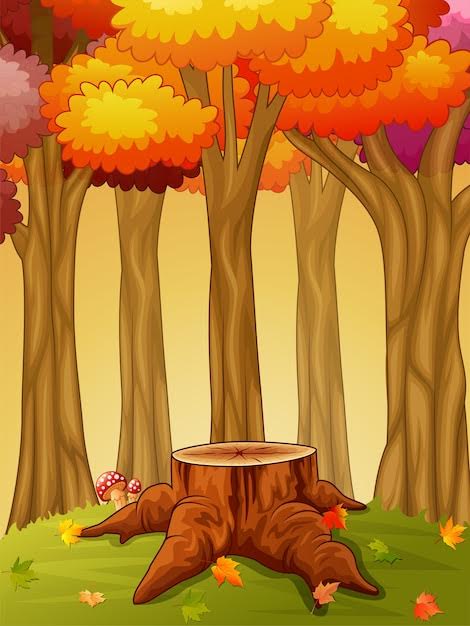Tops, Roots, and Water
A Bedtime Story About Landmarked Trees

Gather ‘round, kidlets, and I’ll tell you a story about trees. Much of it is true and some I made up. You decide.
Way back in the last century, a town’s history committee decided that a certain stand of trees and their majestic canopy covering six town blocks should be “protected for posterity.” The trees were known far and wide as a tree tunnel to the town’s outdoor music stage. The committee recommended that the town council make it an official landmark. And so, they did.
The town had protected landmarks before, but mostly buildings, not living things. The care for the latest landmark would come from the town parks department, where someone may have spoken a bold paraphrase from Gone With the Wind, “Lawzy, we don’t know nothin’ ‘bout takin’ care of landmarks!” But a voice on high said, “Well, they’ve been growing here for 90 years, how hard can it be? Let’s just do the same thing.” And so, they did.
The town parks department took care of the landmark trees like they were the usual street trees. Nobody thought twice when the town engineer said, “We must widen the street,” or “We must chop the roots to smooth out the sidewalk.” And so, they did.
The town lawyer was busy elsewhere when the big electric company said, “We need to cut the living top of some trees to make way for our powerlines.” And so, they did.
The trees didn’t say anything, but their numbers dwindled from the 79 protected by the town council. Their tops got scalped and their bottoms got hacked. They got weaker. The trees didn’t have enough water. The town parks department asked a town preservation group to give money for a watering system. Almost fifteen thousand dollars. And so, they did.
The parks department installed the new watering system, but it needed maintenance and so did the trees. More trees died and some were replaced. Less than twenty years after the town council protected them, the tree community was down to 71. The watering system failed without a plan to save the trees. “We must remove the watering system,” said the town parks department. And so, they did.
The big electric company cut more treetops for their powerlines. The engineers cut more tree roots for their sidewalks and curbs. The town council officially protected more buildings for posterity. They all did what they do and the landmark trees kept dying.
The town parks department turned to science, “We must test.” And so, they did. The results came back. “The trees are infested!” “Bark beetles! and Phytopthora! and Diplodia! Oh my!” “It’s not our fault!” they said.
But the town’s people wondered why the problems were not seen and corrected earlier. “Maybe these things happen in trees weakened from bad care.” “Aren’t these trees supposed to get special treatment and be ‘protected for posterity’?” they asked. The parks department replied, “The sick trees must be cut down.” And so, they did.
Well, kidlets, that’s enough for tonight. Off to bed you go. I’m sorry if you have nightmares about dead trees. There are still 52 trees left (maybe only 42 of the original protected ones). Tomorrow night I’ll tell you a story about a town that “protected for posterity” a six-block-long parkway with palm trees.
